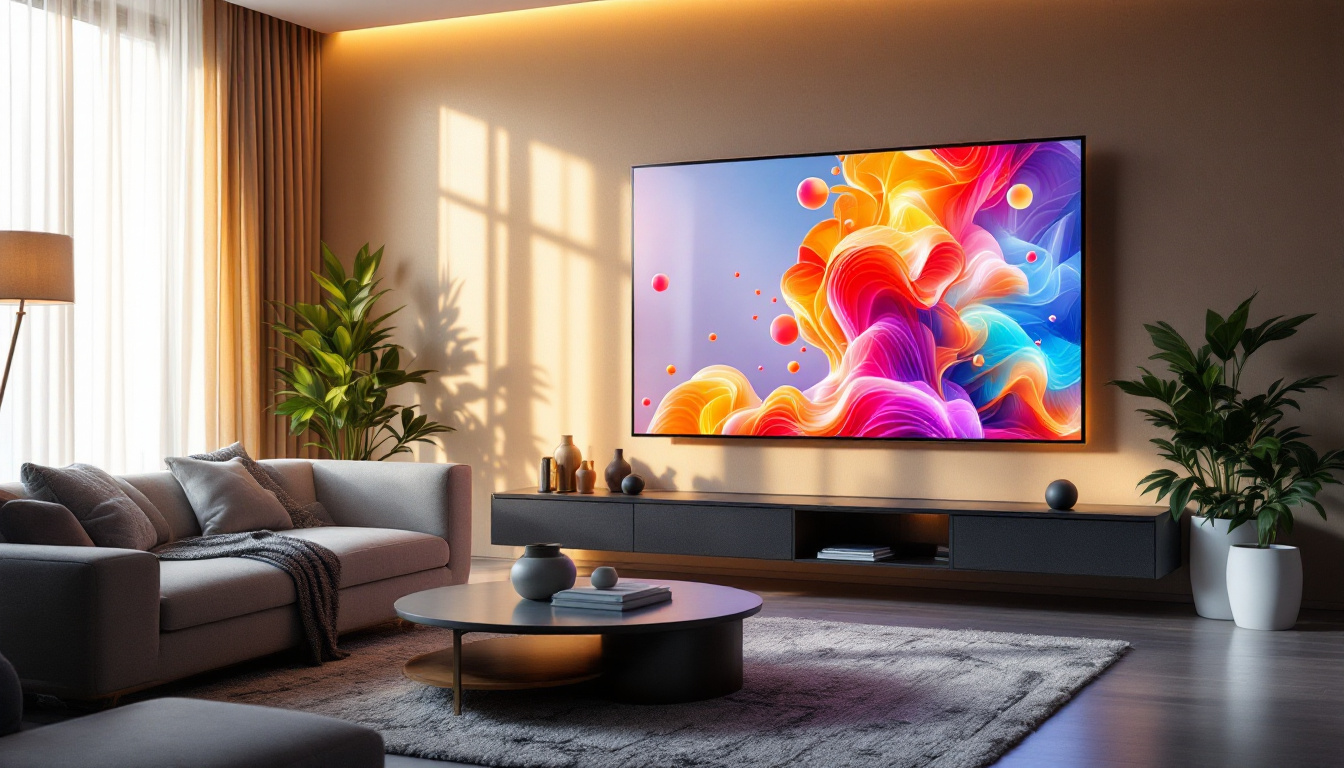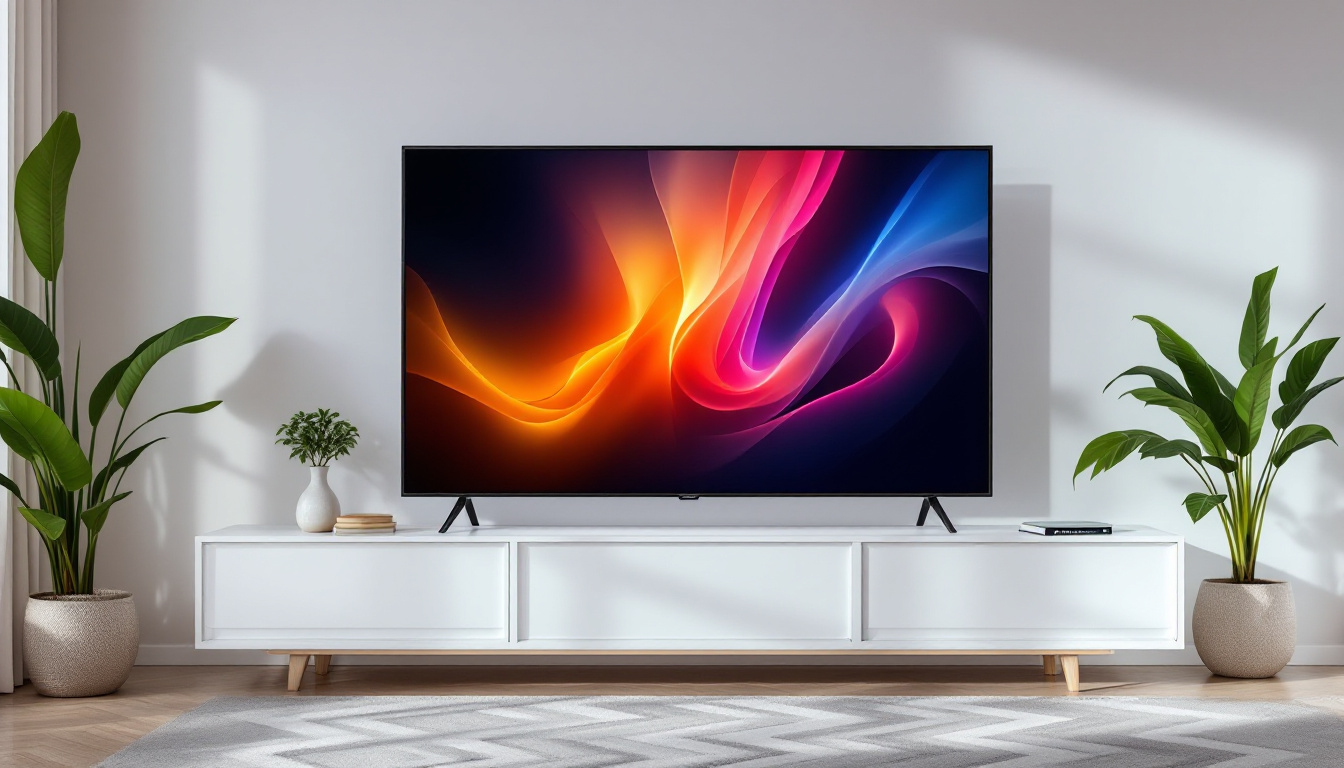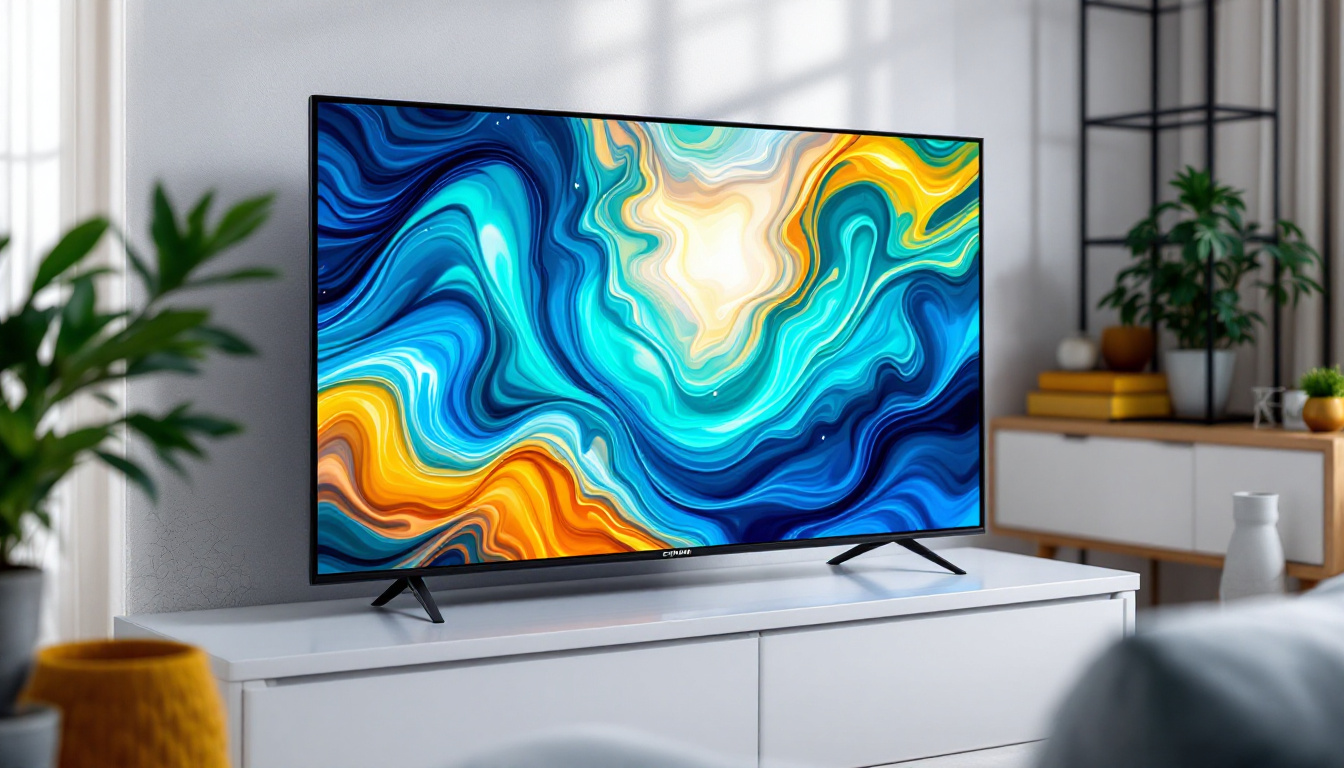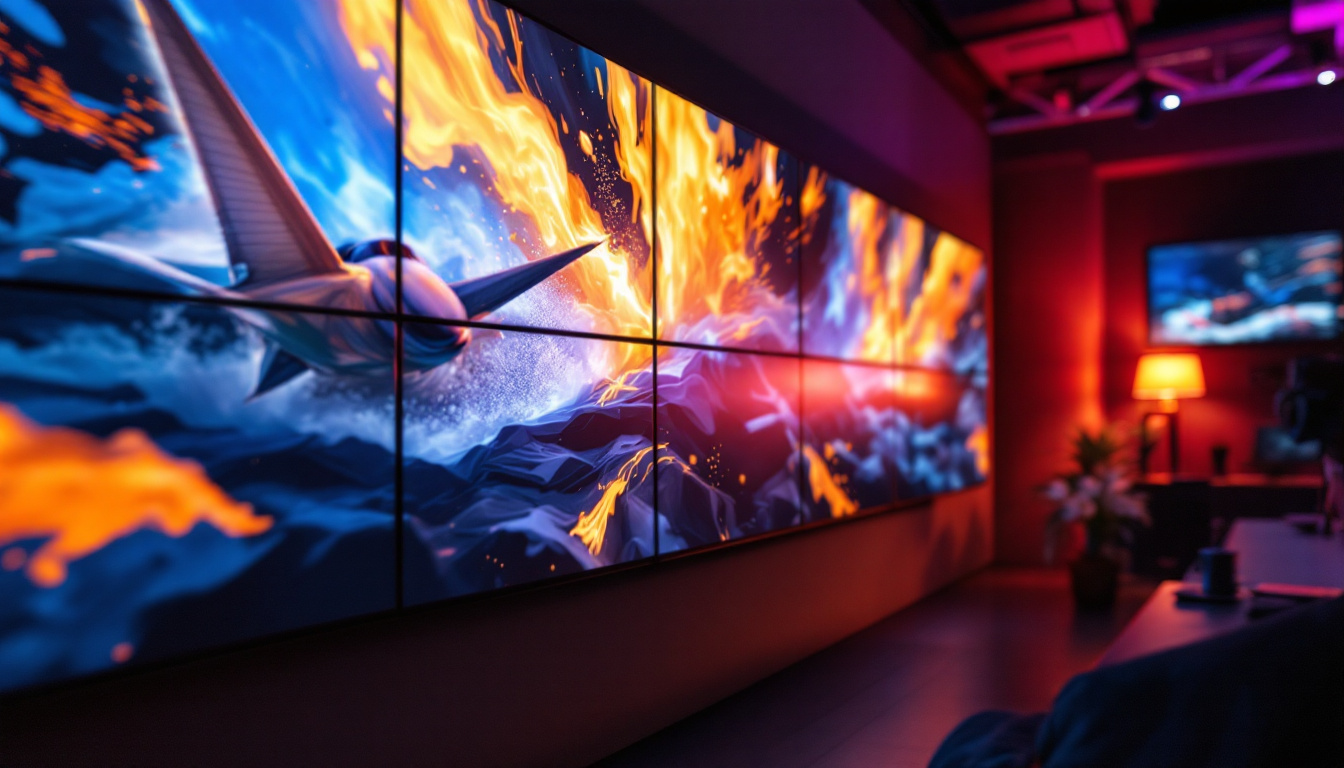Best Plasma TV Brands: LED Display Explained
In the ever-evolving world of television technology, the debate between plasma and LED displays has been a prominent topic among enthusiasts and casual viewers alike. While plasma TVs have largely fallen out of favor due to advancements in LED technology, understanding the strengths and weaknesses of each can provide valuable insight for consumers. This article delves into the best plasma TV brands and contrasts them with LED displays, offering a comprehensive overview of their features and benefits.
Understanding Plasma TVs
Plasma TVs, once a popular choice for home entertainment, utilize gas-filled cells to produce images. When electricity is applied, the gas emits ultraviolet light, which then excites phosphors to create vibrant colors. This technology is known for its deep blacks and excellent color accuracy, making it a favorite among movie buffs and gamers. The unique construction of plasma screens allows for a more nuanced display of color gradients, which can enhance the viewing experience, particularly in high-definition content.
Advantages of Plasma Technology
One of the standout features of plasma TVs is their ability to deliver superior picture quality, particularly in dark environments. The deep blacks achieved by plasma displays contribute to a more immersive viewing experience, especially for films and games that rely on high contrast. Additionally, plasma screens offer wide viewing angles, meaning that the picture quality remains consistent even when viewed from the side. This is particularly beneficial for larger gatherings where viewers may not be seated directly in front of the screen, allowing everyone to enjoy the same vibrant visuals without compromising on quality.
Another significant advantage is the motion handling capabilities of plasma TVs. They excel in displaying fast-moving images without blurring, making them ideal for action-packed movies and sports events. This characteristic is attributed to the technology’s rapid response time, which enhances the clarity of fast-paced scenes. Furthermore, the natural motion fluidity of plasma screens often makes them preferable for watching live sports, where the quick movements of players and the ball can be rendered with remarkable precision, providing a more engaging experience for fans.
Limitations of Plasma TVs
Despite their impressive qualities, plasma TVs come with certain drawbacks. One notable issue is the potential for burn-in, where static images can leave a permanent mark on the screen if displayed for extended periods. This can be a concern for viewers who frequently watch content with static logos or user interfaces. To mitigate this risk, manufacturers have developed various technologies such as pixel shifting and screen savers, but the issue remains a consideration for potential buyers.
Furthermore, plasma TVs tend to consume more energy than their LED counterparts, leading to higher electricity bills over time. They are also heavier and bulkier, making installation and mounting more challenging. As technology has progressed, the market has shifted towards more energy-efficient and lightweight options, further diminishing the appeal of plasma displays. Additionally, the lifespan of plasma TVs, while respectable, is generally shorter than that of LED TVs, which can be a factor for consumers looking for long-term investments in their home entertainment systems. As a result, many have opted for newer technologies that offer similar or superior performance with added benefits of energy efficiency and longevity.
Leading Plasma TV Brands
While the market for plasma TVs has significantly shrunk, several brands have made a mark with their quality offerings. Here are some of the best plasma TV brands that have garnered respect and admiration over the years.
Pioneer
Pioneer was a pioneer (pun intended) in the plasma TV market, known for its high-quality displays and innovative technology. The company’s Kuro line is particularly celebrated for its exceptional black levels and color accuracy. Although Pioneer has exited the plasma market, its legacy continues to influence the industry. The Kuro models, in particular, are often regarded as some of the best televisions ever made, with enthusiasts praising their ability to render deep blacks and rich colors that elevate the viewing experience. Collectors often seek out these models, and they have become a benchmark for picture quality in discussions about display technology.
Panasonic
Panasonic has been a dominant player in the plasma TV arena, consistently producing models that are well-regarded for their performance. The Viera series, in particular, is known for its stunning picture quality and robust build. Panasonic’s commitment to quality and innovation has earned it a loyal following among home theater enthusiasts. The brand’s focus on developing advanced technologies, such as the use of high-quality phosphors and improved panel designs, has allowed it to deliver exceptional motion handling and color reproduction. Even after ceasing production, Panasonic plasma TVs remain highly sought after for their ability to deliver cinematic experiences, making them a favorite among film buffs and gamers alike.
Samsung
Samsung, a giant in the electronics industry, also made waves in the plasma market with its impressive line of displays. The company’s plasma TVs were recognized for their vibrant colors and excellent contrast ratios. Although Samsung has shifted its focus to LED and QLED technologies, its plasma models remain sought after by collectors and aficionados. Samsung’s plasma offerings often featured advanced picture processing technologies that enhanced the viewing experience, making them popular for a variety of content, from sports to movies. The brand’s innovative approach to display technology has left a lasting impression, and many users still reminisce about the immersive experiences provided by Samsung’s plasma screens, which were known for their ability to handle fast-moving scenes without blurring.
LED Displays: An Overview
LED (Light Emitting Diode) technology has revolutionized the television industry, offering numerous advantages over traditional plasma displays. LED TVs utilize a backlighting system that enhances brightness and energy efficiency, making them a popular choice for consumers.
Benefits of LED Technology
One of the most significant advantages of LED displays is their energy efficiency. LED TVs consume less power compared to plasma models, leading to lower electricity bills and a reduced environmental impact. This energy efficiency, combined with advancements in display technology, has made LED TVs the preferred choice for many households.
LED displays also excel in brightness levels, making them suitable for well-lit rooms. The ability to produce bright images without compromising color accuracy is a key selling point for consumers. Furthermore, LED TVs are typically thinner and lighter than plasma models, making them easier to mount and integrate into modern living spaces. This sleek design not only enhances aesthetic appeal but also allows for a more versatile arrangement of furniture and decor, catering to the evolving needs of contemporary homes.
Another noteworthy aspect of LED technology is its longevity. LED TVs generally have a longer lifespan compared to their plasma counterparts, often lasting over a decade with proper care. This durability, coupled with the minimal maintenance required, makes LED displays a wise investment for consumers looking for reliable performance over time. Additionally, the advancements in smart TV features have made LED TVs even more appealing, as they often come equipped with streaming capabilities, voice control, and access to a plethora of apps, further enriching the viewing experience.
Types of LED Displays
There are several types of LED displays available in the market, each with its unique features. The most common types include:
- Edge-Lit LED: These TVs use LEDs placed along the edges of the screen, providing a slim profile. While they are energy-efficient, they may have limitations in terms of uniformity and contrast.
- Full-Array LED: This technology features a grid of LEDs behind the screen, allowing for better control over brightness and contrast. Full-array LED TVs often include local dimming capabilities, enhancing black levels.
- QLED: Quantum Dot LED (QLED) technology utilizes quantum dots to improve color accuracy and brightness. This innovation has positioned QLED as a premium display option, offering vibrant colors and impressive HDR performance.
In addition to these common types, there are also OLED (Organic Light Emitting Diode) displays, which, while not technically LED, are often discussed in the same breath due to their similar applications. OLED technology allows each pixel to emit its own light, resulting in deeper blacks and a wider viewing angle. This characteristic makes OLED displays particularly appealing for movie enthusiasts and gamers who seek immersive experiences. As the market continues to evolve, consumers can expect to see even more innovations that blend LED technology with other advancements, paving the way for next-generation displays that enhance both visual quality and user experience.
Comparing Plasma and LED Displays
When choosing between plasma and LED displays, it’s essential to consider various factors that can influence the viewing experience. Each technology has its strengths and weaknesses, which can impact the decision-making process for consumers.
Picture Quality
In terms of picture quality, plasma TVs have historically been praised for their deep blacks and vibrant colors. However, advancements in LED technology, particularly with the introduction of QLED, have narrowed the gap. LED displays now offer impressive color accuracy and brightness, making them suitable for a wide range of viewing environments.
For viewers who prioritize cinematic experiences in dark rooms, plasma may still hold an edge. However, for those who watch TV in well-lit spaces, LED technology is often the better choice due to its superior brightness levels.
Longevity and Reliability
LED TVs generally have a longer lifespan compared to plasma models. With advancements in LED technology, these displays tend to have fewer issues related to burn-in and image retention. As a result, consumers can expect their LED TVs to remain functional and visually appealing for many years.
Plasma TVs, while offering stunning picture quality, may face challenges related to burn-in and overall longevity. As the market has shifted towards LED technology, finding replacement parts for older plasma models can also become increasingly difficult.
Conclusion: Making the Right Choice
In conclusion, the choice between plasma and LED displays ultimately depends on individual preferences and viewing habits. Plasma TVs, while no longer in production, still offer remarkable picture quality and can be a great option for those seeking a cinematic experience in dark environments. On the other hand, LED technology has become the standard for modern televisions, providing energy efficiency, brightness, and a variety of features that cater to diverse viewing needs.
As consumers navigate the landscape of television technology, understanding the strengths and weaknesses of each option is crucial. Whether one opts for a classic plasma model or a cutting-edge LED display, the ultimate goal is to enhance the viewing experience and enjoy the rich world of visual entertainment.
Discover the Future of LED Displays with LumenMatrix
As you consider upgrading your home entertainment system or enhancing your business’s visual display, LumenMatrix invites you to explore the future of LED technology. Embrace the evolution of visual experiences with our comprehensive range of LED display solutions, from the comfort of your living room to the dynamic environment of outdoor advertising. With LumenMatrix’s commitment to innovation and quality, you can create immersive and engaging visual presentations that stand out. Check out LumenMatrix LED Display Solutions today and see how our cutting-edge technology can transform your viewing experience.































